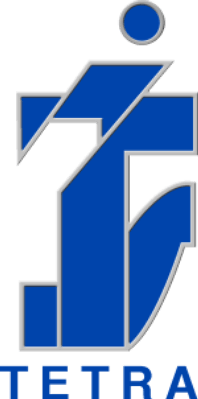What is Nagios?
Nagios is a mighty open-source monitoring system that enables companies to identify and fix IT infrastructure issues before they affect critical business processes. It's the most powerful and trusted network monitoring software on the market. It extends on proven, enterprise-class Open-Source components to deliver the best network, server, and application monitoring solution for today's demanding organizational requirements.
Nagios executes a nonstop check on the crucial application, server resources, network, and tasks. It is also used to continuously monitor the memory usage of monitor and disk, the load of the microprocessor, number of processors, and logs currently running. It can also check other services like Post office protocols 3, Simple Mail Transfer Protocol, HTTP protocols, and other available standard network protocols.
What is SolarWinds?
SolarWinds is a powerful and affordable network monitoring software that enables you to swiftly detect, diagnose, and resolve network performance problems and outages. The hardware that SolarWinds NPM uses, keeps an eye on includes network equipment, such as routers and switches; endpoint devices, including terminals, desktop PCs, and mobile devices; and office equipment, similar to printers. The constant monitoring process gathers metrics that serve troubleshooting tasks.
SolarWinds comes pre-equipped with a dashboard with comprehensive controls that can help you customize your views of network data and also filter the events that are reported by the system. This is a very flexible system that's suitable for any size of the network.
Nagios vs SolarWinds
- UI: There are numerous reports that the UI of SolarWinds is extremely confusing. It also lacks the option to customize the UI. But in the case of Nagios, it has an upper hand here as it has a simple and customizable UI that provides a seamless user experience.
- Visualizations: Nagios is known to come pre-equipped with an advanced set of dashboards that fit the requirements of monitoring networks and infrastructure components. SolarWinds also provides Virtualization monitoring but you need a different software which is the SolarWinds Virtualization Manager for that purpose.
- Bandwidth Monitoring: An important aspect of network monitoring is bandwidth monitoring where Nagios has the upper hand. It comes pre-equipped with the technology to monitor the bandwidth. But, in the case of SolarWinds, you need additional software which is the SolarWinds NetFlow Analyzer to monitor the bandwidth.
- OS: Another point where SolarWinds lacks is OS compatibility. You can only use SolarWinds if you have a Windows system as it is not supported in other OSes. Whereas, Nagios supports monitoring of Windows, Linux, Unix, Solaris, AIX, HP-UX, and Mac OS/X operating systems.
As per the comparison, both the renowned tools have their capabilities and features. It depends on your infrastructure's need and the architecture, evaluate the tool, decide which tool will fulfill the goal, and then adopt it for monitoring and analyzing purposes.
One of the main reasons why Nagios is preferred is its ability to scale out of the box. Additionally, Nagios is extremely simple to maintain and is highly customizable, making it a flexible fit for a wide range of application and network infrastructures. It also comes with a pocket-friendly price tag.
We at Tetra provide implementation and customization services on Nagios. With a team having high expertise in Nagios, we are the right partner for Nagios deployment for your organization.
Contact us to learn what Nagios services might look like for your organization. Allow our representative to either call you in 24 hours or E-Mail you for more details about our services - Click Here





